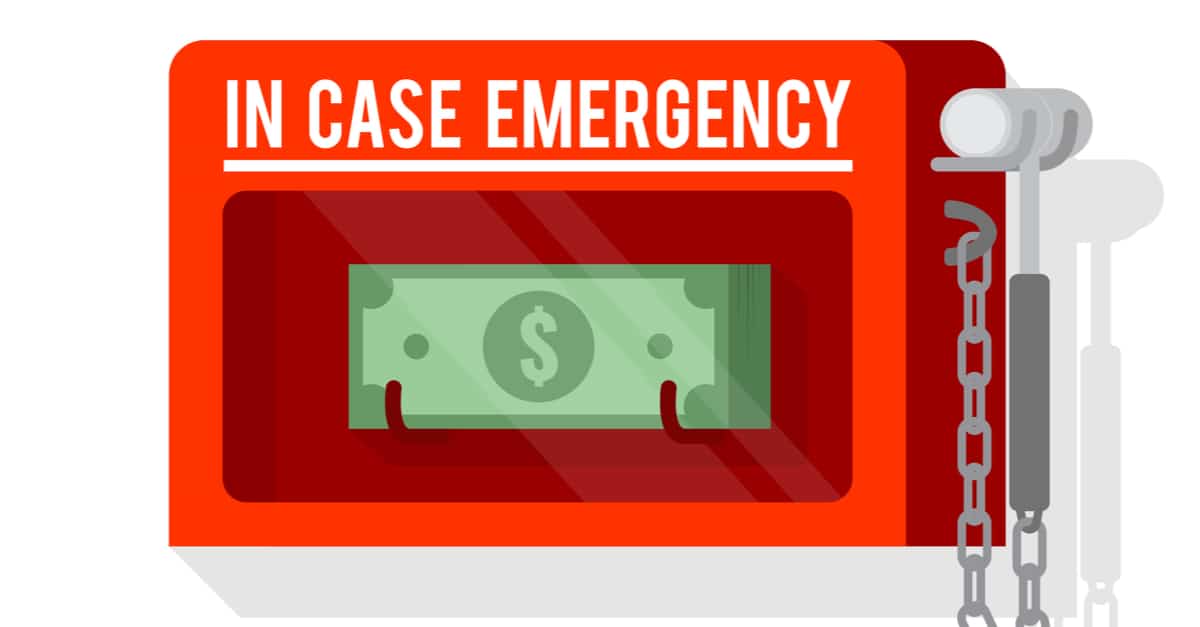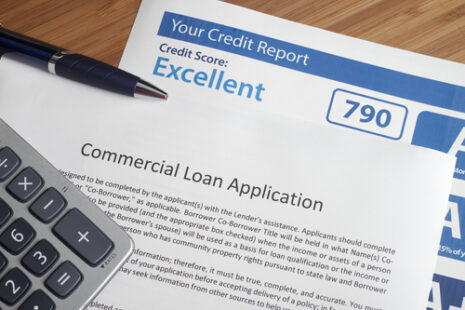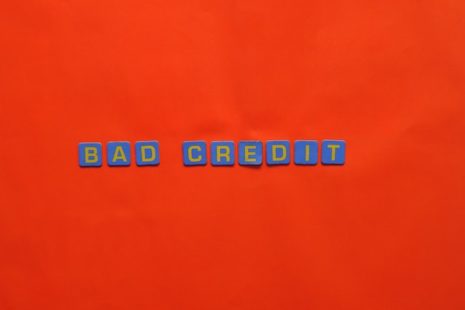Millions of people lack enough funds to cover emergencies that may arise in their life. Sudden hikes in kid’s school or college fees, medical bills not covered by insurance, increase in interest rates, and unexpected car repairs are some of the emergencies that one might not be ready for.
Have you factored how long you can continue paying bills in case you lost your job today? To be sheltered from such uncertainties you need an emergency fund. So, what is an emergency fund and how much do I need to save? Read on for more on this.

Emergency Fund
This is a backup account with enough funds set aside to cover large unexpected expenses. The fund is expected to keep you afloat when times are tough without turning to credit cards or borrowing from friends or relatives.
How Much Do I Need to Save?
The simple answer: It depends.
There are many theories out there about the amount that this fund should contain. However, this is not an exact science, which is due to the fact that no one can foretell the kind of emergency that is around the corner. That said there are some tried and tested ways of going about this kind of saving.
As a rule of thumb, you should have at least 6 months’ worth of expenses set aside for emergencies. The idea here is to be able to maintain your lifestyle for half a year as you look for a new job or use the funds to supplement unemployment benefits.
If you are well set up in life with a low-risk lifestyle, then you can lower the months to about three. However, if your job status is unstable or contract-based then it’s advisable to have about nine months’ expenses ready to be catered for. This gives you ample time to get your next contract or a new job. Nine months will also do if you are suffering from a medical condition that could lead to incurring sudden huge expenses.
Setting Up an Emergency Fund
The fund should be in a separate account specifically dedicated to emergency savings. The account should be easily accessible which points to a savings account as opposed to a fixed one. Go for an account that will earn a high interest- a high yield account; one that is insured up to $250,000.
Start by listing your expenses and their monthly estimates. The expenses that you should consider include:
- Housing (monthly rent or mortgage payment)
- Food
- Medical expenses including insurance premiums
- Power, water, and other utilities
- Transportation
- Loan and credit card payments
Exempt expenses that you can do without when serious cash-strapped, such include:
- Cable bills
- Vacations
- Extra credit cards, new loans and so on
- Shopping Sprees
- Eating out
To make the calculations easier you can use an online emergency fund calculator.
Saving for the Fund
Once you have summed up essential monthly expenses, start growing your emergency fund little by little;
- Step up your piggy bank savings by keeping more change from dining out and shopping.
- Make use of mobile money-saving apps that will automatically transfer funds to your emergency account.
- Forward any amount left in your checking account into the fund.
- Save from monthly expenses by foregoing activities you can do without; road trips, hosting parties and take outs.
- Spend smartly by cutting on gas expenses.
- You can carpool to work or use public transport, at least until you have reached your goal.
- Direct your tax refunds to the emergency fund.
The Take-Away
An emergency fund is an important part of financial independence. The fund should contain anywhere from 3 to 6 months’ worth of expenses. The amount depends on your lifestyle with high-risk life calling for more money as opposed to a relatively safe living and working conditions. Factor in how long you need to stay afloat until you are liquid again; this will be determined by how fast you can get a new job if you lose your current one. Lastly, open an insured high yield savings account for the fund and grow it by cutting on expenses until you reach your goal.



